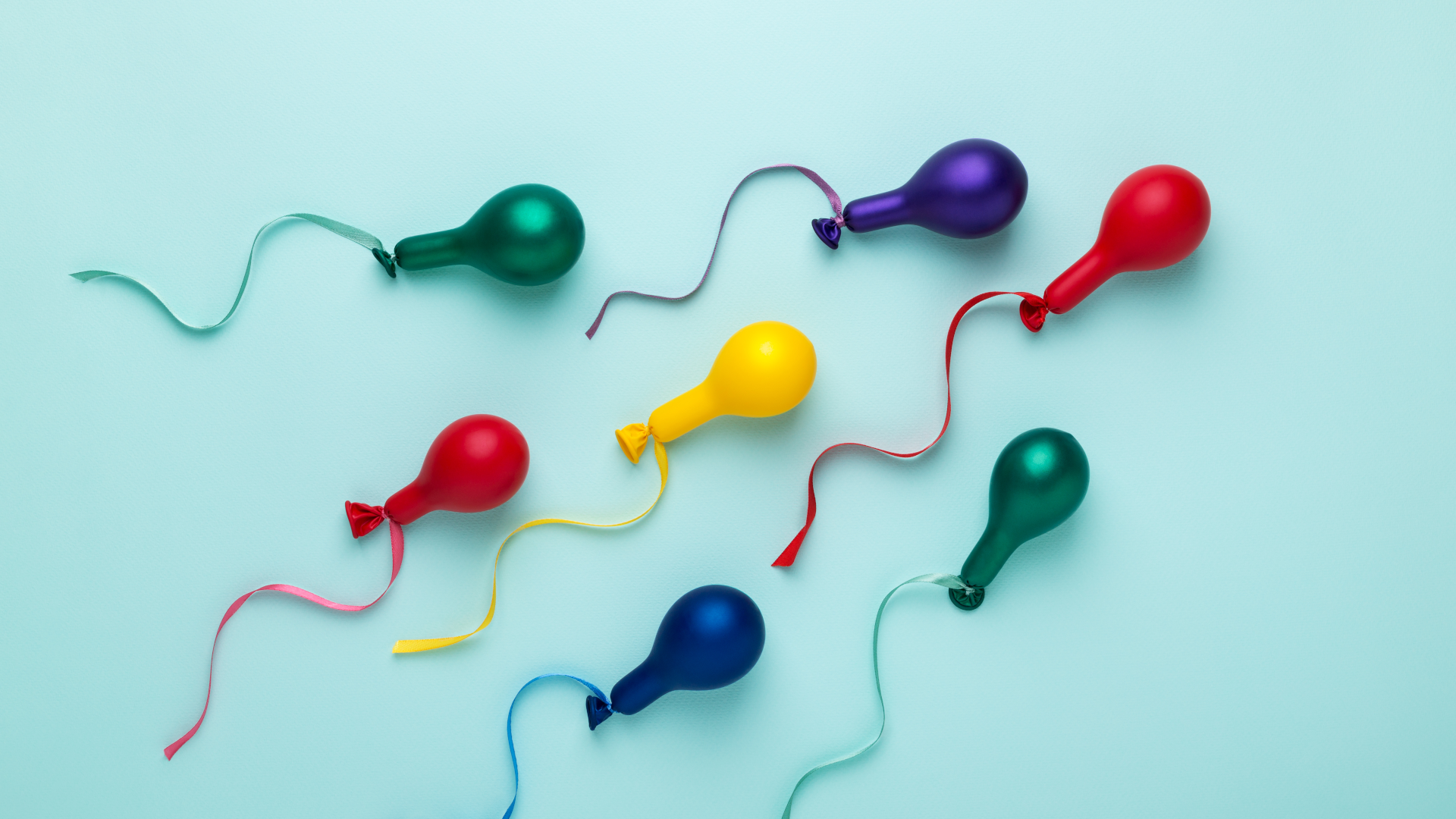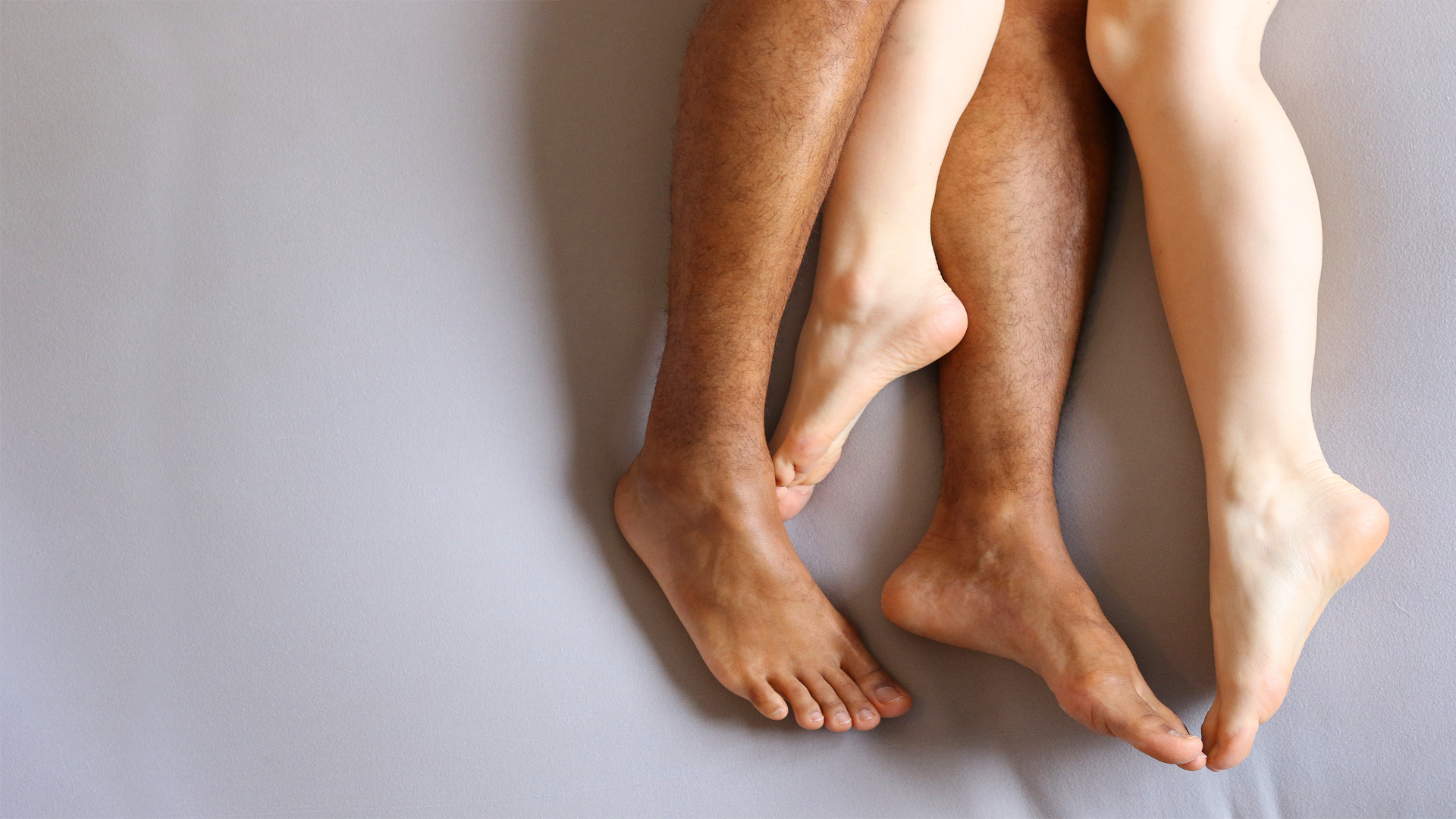Get to the point |
Testosterone replacement therapy is one of the most widely prescribed medications in the world, and it’s not hard to see why.
Men experiencing low sex drives, depression and fatigue as they get older keep to get back the vigor of their youth, and this would appear to be an excellent way to solve their problems.
But the “fountain of youth” doesn’t come without its issues. In addition to the benefits, there are plenty of risks involved too.
There’s no denying that the decline of testosterone significantly impacts the male body, but is hormone replacement therapy the way forward?
What is testosterone?
Testosterone is the male sex hormone that regulates male fertility, muscle mass, bone mass, red blood cell production and fat distribution in the body.
It’s the primary male sex hormone and is responsible for initiating the growth of the testicles, penis and body hair. Testosterone also causes the voice to deepen and muscle mass to increase.
Testosterone is essential for the production of sperm in adult life and also signals the body to make new blood cells, ensures that muscles and bones stay strong and enhances libido in men.
Why does testosterone decline?
As we age, our hormones change.
For men (unlike women), it’s a slow, gradual process as the production of testosterone and other hormones declines over many years.
This gradual decline of testosterone levels is called late-onset hypogonadism or age-related low testosterone.

On average, a man’s testosterone levels decline about 1% a year after age 30. This can accelerate if the individual is unhealthy; for example, if they are obese or consume an unhealthy diet.
- Related content: What is male menopause (and how to prevent it)
Low Testosterone symptoms
Because testosterone decline is gradual, the symptoms experienced vary and can appear subtly over time.
However, extremely low testosterone levels can lead to male infertility or hypogonadism, linked to sperm production.
Although there are also other symptoms and signs of low testosterone levels, including-
- Infertility
- Breast discomfort
- Reduction or loss of sexual desire and activity
- Erectile dysfunction
- Hot flushes
- Decreased energy
- Lack of Motivation
- Depression
- Poor focus
- Fatigue
- Reduced muscle bulk and overall strength
- Increase in weight due to excess body fat
What is TRT (testosterone replacement therapy)?
Testosterone Replacement Therapy (TRT) is a type of Hormone Replacement Therapy (HRT) that helps to replace the lost testosterone within the body.
It would require a prescription from a physician to take, and is not something you can get over the counter.
TRT aims to eliminate the symptoms caused by a lack of testosterone. It’s a popular treatment for men with low levels of hormones, and there are several treatment methods.
Testosterone tablets
Tablets are one of the most popular forms of HRT and are generally taken once daily.
One thing that it’s important to note with tablets is that the risk of side effects, such as blood clots, is higher using this method.
Testosterone Patches
Patches are more commonplace these days and tend to be one of the most popular methods of HRT. They are applied daily to various areas of the body and are one of the more convenient methods of replacing testosterone in your body.
Patches are a better option than tablets for those who find it inconvenient to take a pill daily or are prone to forgetting.
Testosterone Gel
Testosterone gel can be administered around the body to replace lost hormones; It is usually applied to the abdomen and arms daily.
It’s easy enough to use but tends to “stick” under your clothing, and as it can be transferred by touch, you’ll need to ensure you don’t come into physical contact with anyone when using it.
Intramuscular Testosterone Injections
Injections are one of the most talk-about methods of replacing testosterone. With this method, your physician injects hormones into your muscles, usually the buttocks.
This needs to be done every 2 or 3 weeks. It’s the most efficient way to get the hormone into your bloodstream, but the overall distribution of testosterone may vary.
While hormone replacement therapy is generally suitable for those affected with low testosterone due to external factors and health conditions, it is not yet known if it is an appropriate treatment for those who suffer from low testosterone due to the natural aging process.
Side effects of HRT
Testosterone replacement therapy have shown only minor and limited improvements in libido and sexual function in many men; there is evidence that it works for some.
Indeed, tests of testosterone treatment in older men, supported by the National Institutes of Health, have shown inconsistent results, so it’s inconclusive.
Another downside is that in addition to this, there are several side effects of HRT. The most common of these are-
- Hot flushes and sweating.
- Breast tenderness/ (gynaecomastia), otherwise known as “man boobs”
- Tiredness. You may feel more tired when you are taking hormone therapy
- Problems getting an erection (impotence)
- Weight gain
- Memory problems
- Mood swings and depression.
Of course, in some instances, this is preferable to the symptoms of low testosterone, but this is at the discretion of your physician.
So, is TRT safe?
There’s little doubt that the idea of hormone replacement therapy sounds like a no-brainer.
Who wouldn’t want to recapture their youthful libido?
The major problem is that TRT is far from a “done deal” as far as the research is concerned. While we know a lot about the reasons for the decline and what could potentially be done about it, the trials are still ongoing, and the jury is unsure whether this is the “holy grail” for men.
You can also add into the mix that you are likely to suffer from some discomfort during your treatment, whether it be the inconvenience of wearing patches or the many potential side effects (few of which we would have encountered in our younger years). So, TRT will likely leave you feeling sluggish and sore rather than young and vibrant.
That being said - in some cases, your physician may decide that TRT is the right route for you - usually due to health conditions. If prescribed and supervised by a health professional then it is usually safe to take. However, it is not usually a viable option for those facing a natural age-related decline in testosterone.
If you want to boost natural testosterone production, then we recommend a 100% natural and safe alternative to TRT.
Testoprime helps to awaken and rejuvenate existing testosterone and doesn’t require a prescription. You can buy it here.





